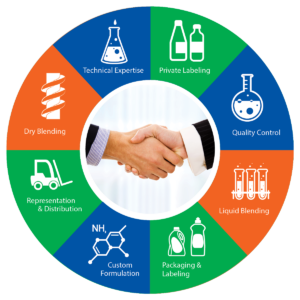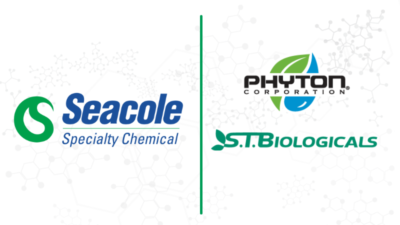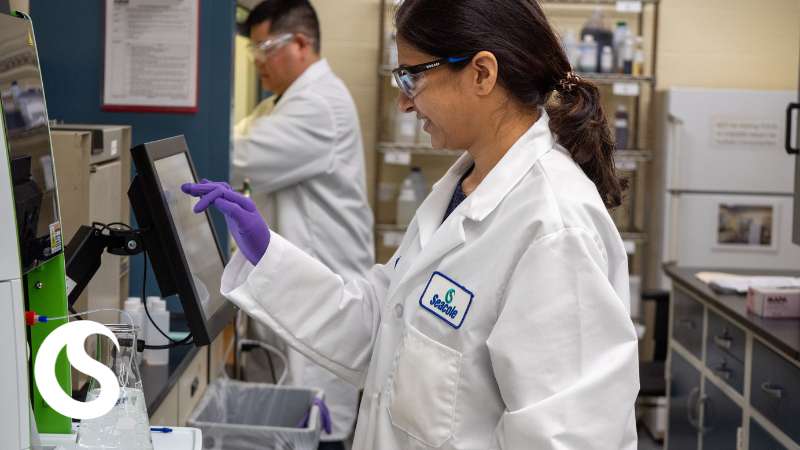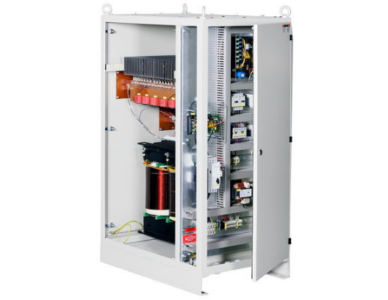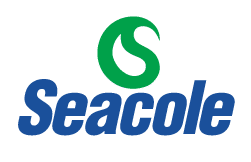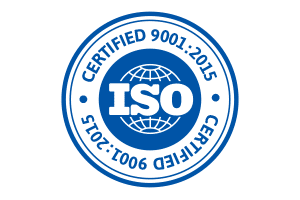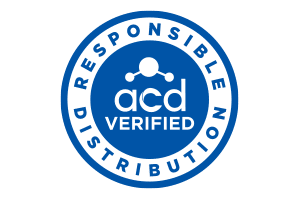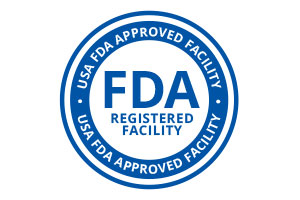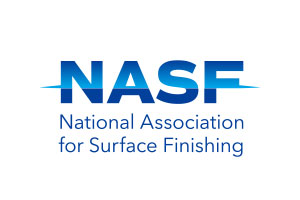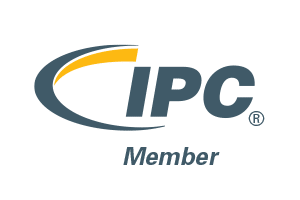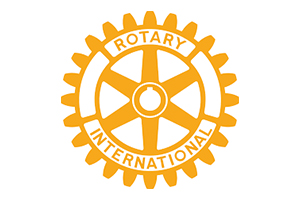Widely used in stents, guidewires, orthopedic implants, and other medical devices, nitinol demands careful surface preparation before it is ready to perform optimally and safely in patients. Electropolishing is the most effective surface finishing method for deoxidizing nitinol medical device parts.
Let’s take a closer look at the first step of the electropolishing process and the role electropolishing plays in preparing your device components for use in patients.
Nitinol Electropolishing Basics
Nitinol electropolishing removes a microscopic layer from your nitinol medical device components. The process removes surface imperfections and embedded debris that may be present. Electropolishing also improves surface corrosion resistance and its fatigue strength. The result is a smooth, bright, and highly clean surface that is biocompatible and ready for use.
Deoxidation: The First Step in the Nitinol Electropolishing Process
Before electropolishing can take place, the nitinol surface must be deoxidized. Nitinol naturally forms a layer of titanium and nickel oxide. However, these oxides and other contaminants can compromise the effectiveness of the electropolishing process. If not properly removed, oxides can compromise surface uniformity, reduce corrosion resistance, and negatively impact device performance and patient safety.
Common Ingredients in Nitinol Deoxidizers
Titanium oxide and nickel oxide are difficult to remove without the use of powerful deoxidizers. The formulas for nitinol deoxidizers vary by chemical manufacturer. However, there are a few common ingredients that effectively deoxidize nitinol.
- Nitric acid is a strong oxidizer that dissolves metal oxides and maintains a clean surface.
- Hydrofluoric acid is effective against titanium oxides, but is heavily regulated due to safety concerns.
- Citric acid and chelators are milder, biodegradable alternatives used in green chemistries.
- Hydrogen peroxide can accelerate deoxidation of titanium and titanium oxides.
Etch rate, safety profile, environmental impact, and compatibility with your device manufacturing process are all considerations when determining the right nitinol deoxidizer before the electropolishing step. Working with a chemical manufacturer and distributor like Seacole can help you understand your options and find the optimal deoxidizer for your electropolishing process.
Optimizing the Deoxidation Process
To optimize the deoxidation process before electropolishing, Seacole considers the following factors.
1. Concentration and Composition
We fine-tune the chemical makeup of a deoxidizer to ensure it removes oxides without over-etching or damaging the nitinol.
2. Temperature and Dwell Time
We work with you to understand your process and recommend the ideal temperature and exposure length to deoxidize your parts without pitting surfaces or changing dimensions.
3. Rinse and Neutralization
Rinsing your nitinol parts between deoxidation and electropolishing prevents cross-contamination and chemical carryover, both of which can interfere with surface finishing quality.
4. Integration with Your Electropolishing Process
The right deoxidizer sets the stage for consistent, high-quality electropolishing. The result is a cleaner, brighter, and more corrosion-resistant nitinol surface that is safe for patients and will perform optimally for the life of the medical device.
Electropolishing is the essential final step in producing biocompatible, high-performing, and safe medical devices that include nitinol parts. Deoxidation is necessary to ensure electropolishing achieves a uniform, clean, and bright finish. Partner with Seacole to source the chemistries you need to optimize your electropolishing process.
Share your medical device chemistry challenges with us, and we will work with you to find a solution. Contact us today for local, expert support.

